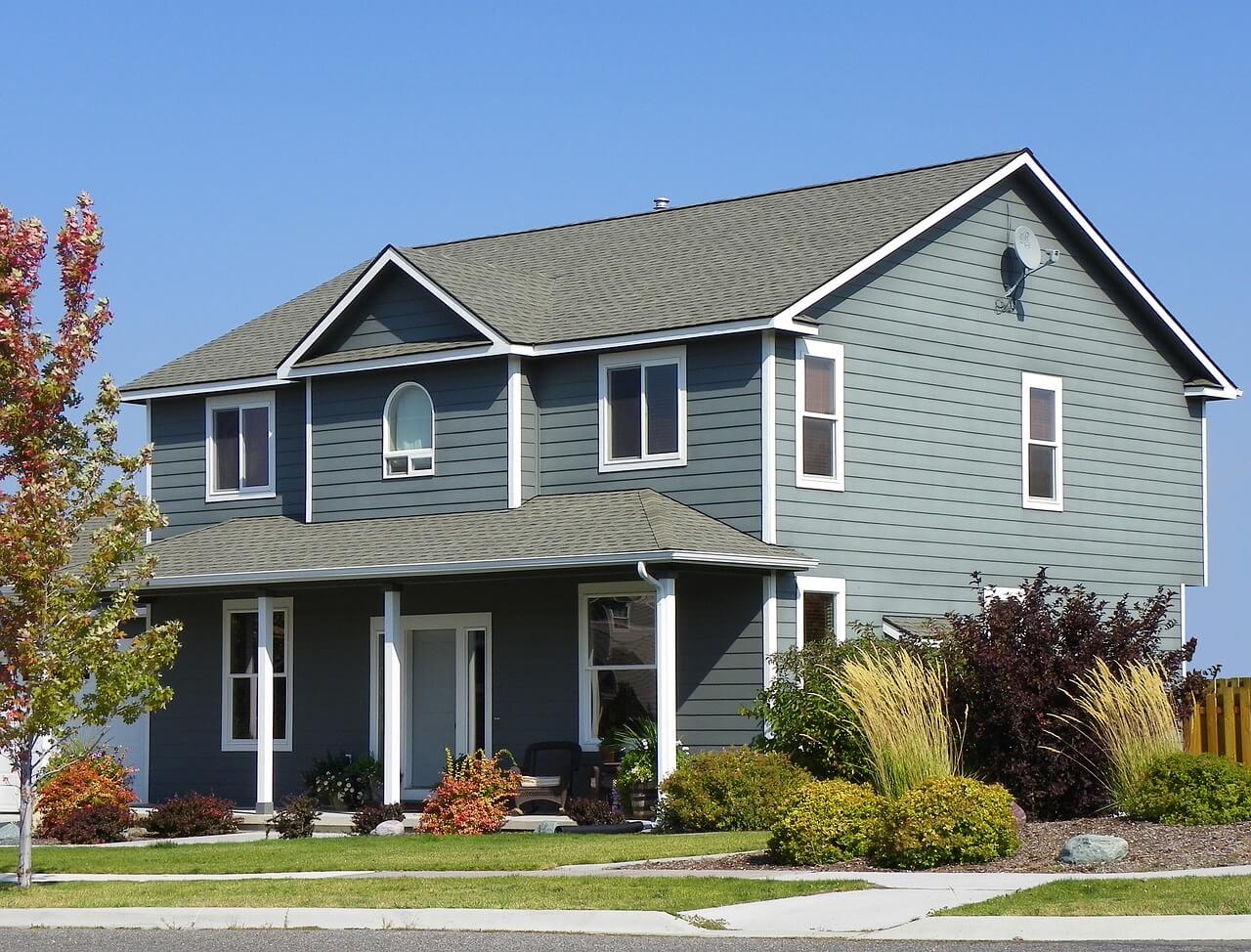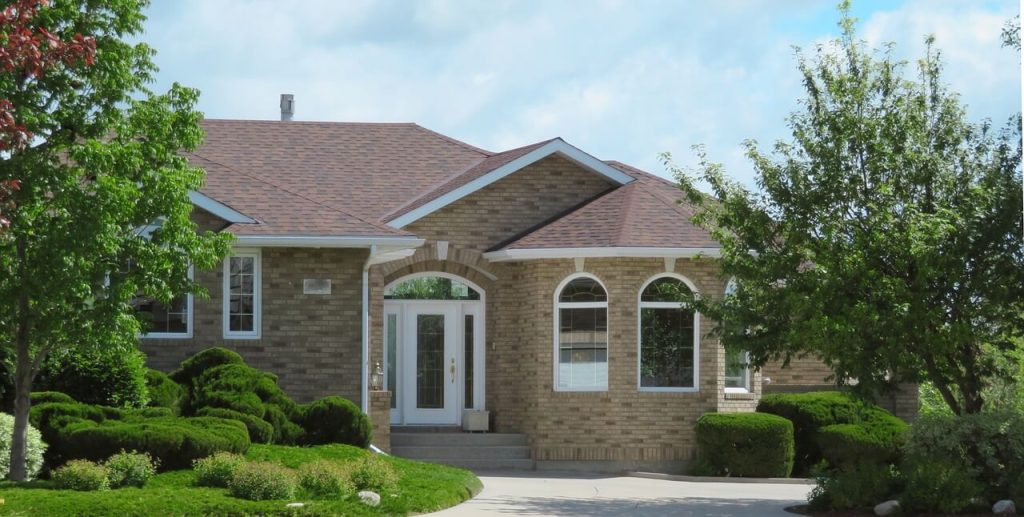
31 Oct Building Wealth Through Real Estate: Investing in Rental Properties
Owning a home is often considered a major milestone in life. However, home ownership is more than having a place to live; it’s also a significant financial asset.
In this blog, we’ll take an in-depth look at home equity. We’ll also provide you with an understanding of home equity lines of credit (HELOCs), which are financial tools that allow you to tap into the wealth stored in your home.
By the time you finish reading this article, you’ll have a thorough understanding of HELOCs and how they can serve as a flexible financial resource, empowering you to meet various financial goals.
What is Home Equity?
Before we delve into HELOCs, it’s important to grasp the concept of home equity. Home equity represents the portion of your home’s value that you genuinely own. It’s calculated as the difference between your home’s purchase price and your outstanding mortgage balance. This equity is a valuable asset for homeowners, and it can be utilized in various financial ways. To put it simply, home equity is not just a financial term; it’s the foundation for leveraging the value of your home to your advantage.
How Does a Home Equity Line of Credit Work?
A HELOC is a revolving line of credit that uses your home as collateral. This credit line offers you the flexibility to borrow, repay, and borrow again, up to a predetermined credit limit. Think of it as a financial safety net secured by your home’s equity.
HELOCs come with some unique features:
- Revolving Credit: With a HELOC, you have access to revolving credit. This means that, as you repay the borrowed amount, the credit becomes available for you to use again.
- Credit Limit: A credit limit is the maximum amount you can borrow through your HELOC. This limit is typically determined based on a percentage of your home’s appraised value minus your remaining mortgage loan balance.
- Variable Interest Rates: A home equity line of credit often comes with a variable interest rate. These rates can change over time, usually in response to fluctuations in the prime lending rate.
The flexible nature of HELOCs sets them apart from traditional personal loans or credit cards. Instead of having a fixed loan term, you can borrow and repay at your own pace within the credit limit.
New Rules for HELOCs in Canada
In response to concerns about rising household debt, the Office of the Superintendent of Financial Institutions (OSFI) in Canada is implementing new regulations that will affect HELOCs. These changes, effective from October 31, 2023, will place a cap on how much clients can use or reuse without seeking new credit approval. The new limit will be 65% of the appraised value of their property, reducing from the previous 80%.
This shift aims to address the issue of persistent outstanding debt among Canadian households and reduce their vulnerability during economic downturns. While this change won’t devalue homes, it will reduce borrowing power, indirectly impacting home prices in Canada by decreasing liquidity, demand and competition in the housing market.
Types of HELOCs
HELOCs come in two main types: those combined with a mortgage and stand-alone HELOCs.
- HELOC Combined with a Mortgage: Many financial institutions offer HELOCs combined with mortgage loans, often under their brand name. This type combines a revolving HELOC with a fixed-term mortgage. One key feature of this type of HELOC is that you don’t have fixed repayment amounts for the HELOC; typically, you pay only the interest on the borrowed money. The credit limit on this type of HELOC can go up to a maximum of 65% of your home’s purchase price or market value. This limit increases as you pay down your mortgage balance.
- Stand-Alone HELOC: Stand-alone HELOCs are not linked to a mortgage. They work independently. Similar to HELOCs combined with a mortgage, the credit limit can go up to a maximum of 65% of your home’s purchase price or market value. However, unlike the former type, the credit limit doesn’t increase as you pay down your mortgage principal. A stand-alone HELOC is like having a separate line of credit solely based on your home’s equity.
When deciding which type of HELOC suits your needs, it’s essential to consider your financial goals, repayment capacity, and preferences. A mortgage broker can be a valuable resource in helping you navigate these options and make an informed choice.
How to Qualify for a HELOC
Qualifying for a HELOC typically involves several criteria:
- Minimum Equity: To qualify for a HELOC, you’ll generally need to have a minimum down payment or equity of around 20% of your home’s value. If you intend to use a stand-alone HELOC as a mortgage substitute, you’ll need a minimum down payment or equity of 35%.
- Credit Approval: Lenders will require a credit approval process to assess your creditworthiness. Your credit history plays a significant role in this evaluation.
- Stable Income: Lenders generally prefer borrowers with a reliable stream income. A consistent income stream assures them that you have the means to repay the borrowed funds.
- Debt-to-Income Ratio: Your debt-to-income ratio is another consideration, as lenders want to ensure that you can manage your existing debts while making payments on the HELOC.
Benefits of a HELOC

HELOCs are an attractive financial tool for many homeowners. Some of their benefits include:
- Easy Access to Credit: HELOCs provide you with a readily accessible line of credit. It’s like having a financial safety net available for various needs.
- Lower Interest Rates: Typically, HELOCs come with lower interest rates compared to unsecured loans or credit cards because they are secured by your home’s equity.
- Interest-Only Payments: With a HELOC, you generally pay interest only on the amount you borrow. This can make it an efficient way to manage your finances, especially if you don’t need a lump sum of money.
- Debt Consolidation: HELOCs can be used to consolidate your debts into one manageable loan with a lower interest rate. This can help you save money and simplify your financial obligations.
- Possibility of Tax Benefits: The interest paid on a HELOC can be tax-deductible in some instances. Consult a tax advisor to understand the potential tax benefits specific to your situation.
- Versatility: You can use a HELOC for various financial purposes, from home renovations to investments. It provides you with the flexibility to meet your unique financial goals.
It’s important to use a HELOC responsibly. As with any financial tool, there are potential risks associated with HELOCs, such as variable interest rate fluctuations and the possibility of having your home foreclosed if you are unable to make HELOC payments.
Home Equity Loans vs. HELOCs
It’s worth mentioning that home equity loans are often confused with HELOCs, but they’re different financial products.
Home Equity Loan: This is a lump-sum loan that allows you to borrow a fixed amount of money using your home as collateral. Unlike a HELOC, a home equity loan typically has a fixed rate and requires monthly interest payments as well as principal payments. It’s suitable for specific, one-time expenses, such as a home renovation or debt consolidation.
HELOC: A HELOC is a revolving line of credit that is better suited for ongoing financial needs, like funding a series of home improvement projects or supplementing irregular income.
John Antle Mortgages – Helping You Make the Most of Your Home’s Value
Your home is more than a dwelling; it’s a valuable financial asset. Understanding home equity and the power of HELOCs can be a game-changer in your financial journey. Home Equity Lines of Credit offer flexibility and versatility. When used wisely, they can help you achieve your financial goals, whether it’s renovating your home, investing, or consolidating debts.
We encourage you to explore your options, seek professional guidance, and contact John Antle Mortgages for expert advice on how pre-approved mortgages, home equity loans, HELOCs and more. Your home can be the foundation of a stronger financial future. Make it work for you.



Sorry, the comment form is closed at this time.